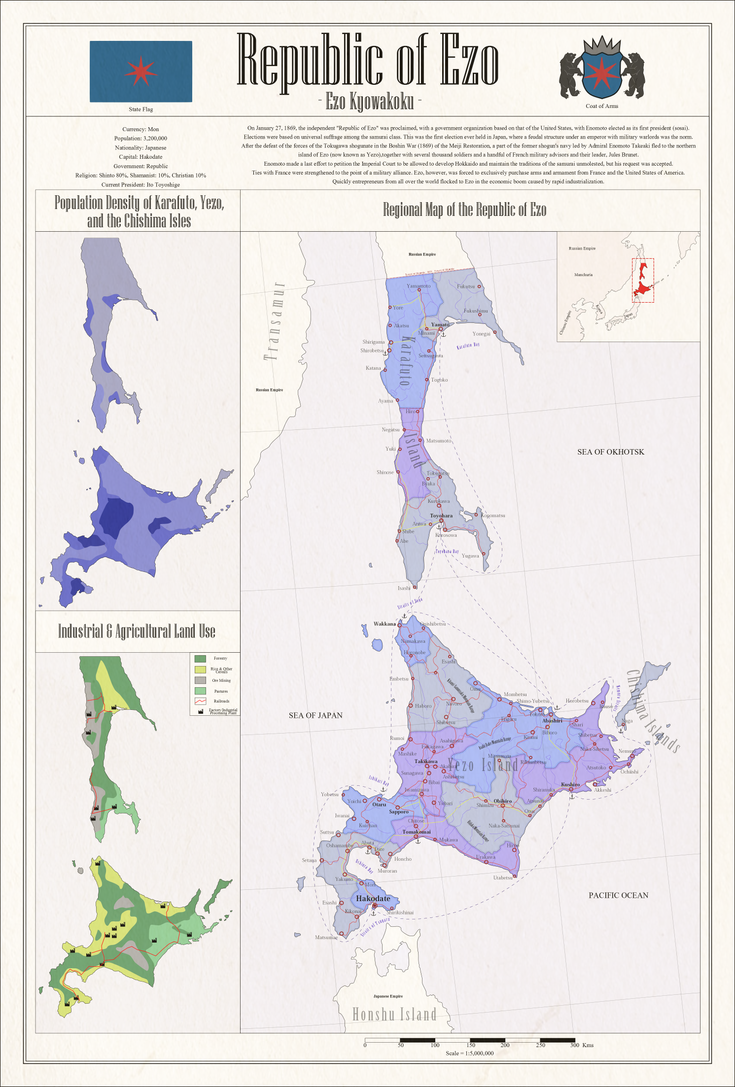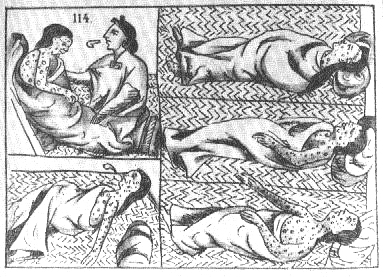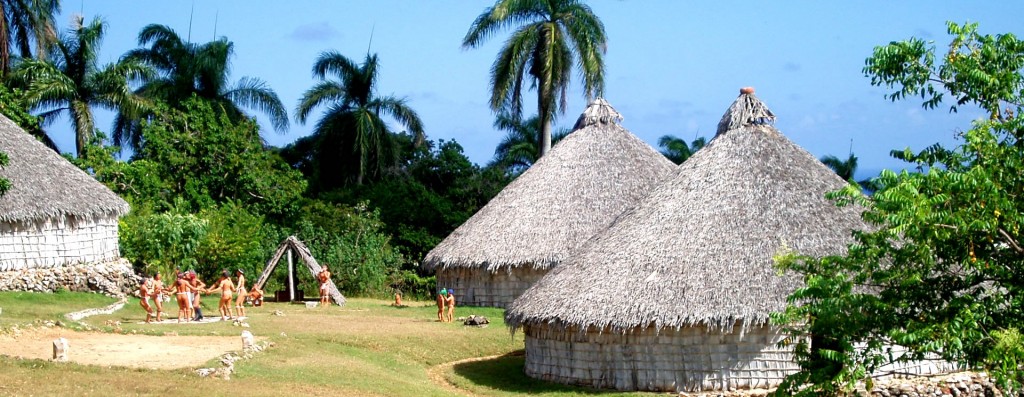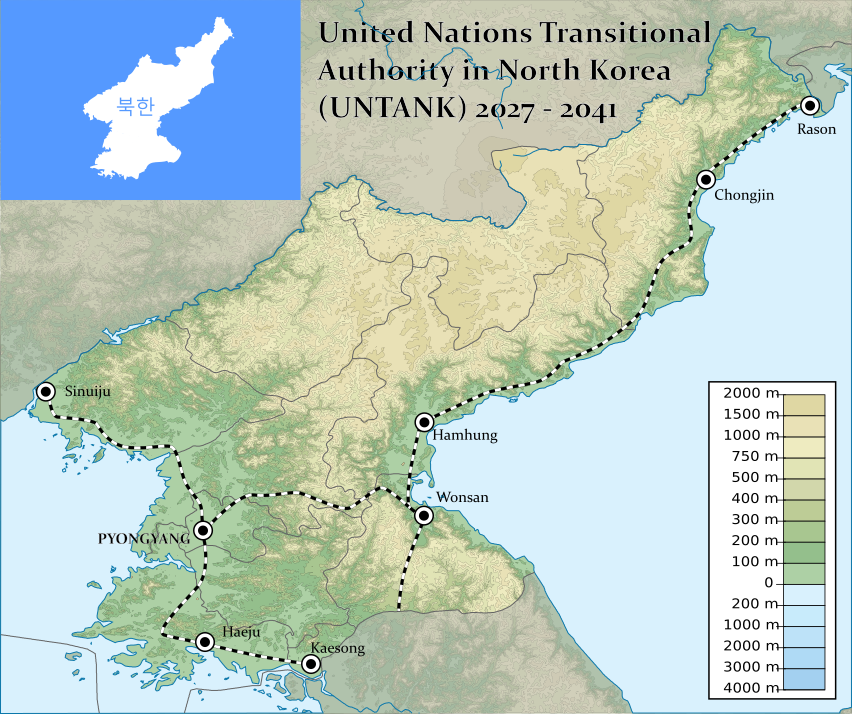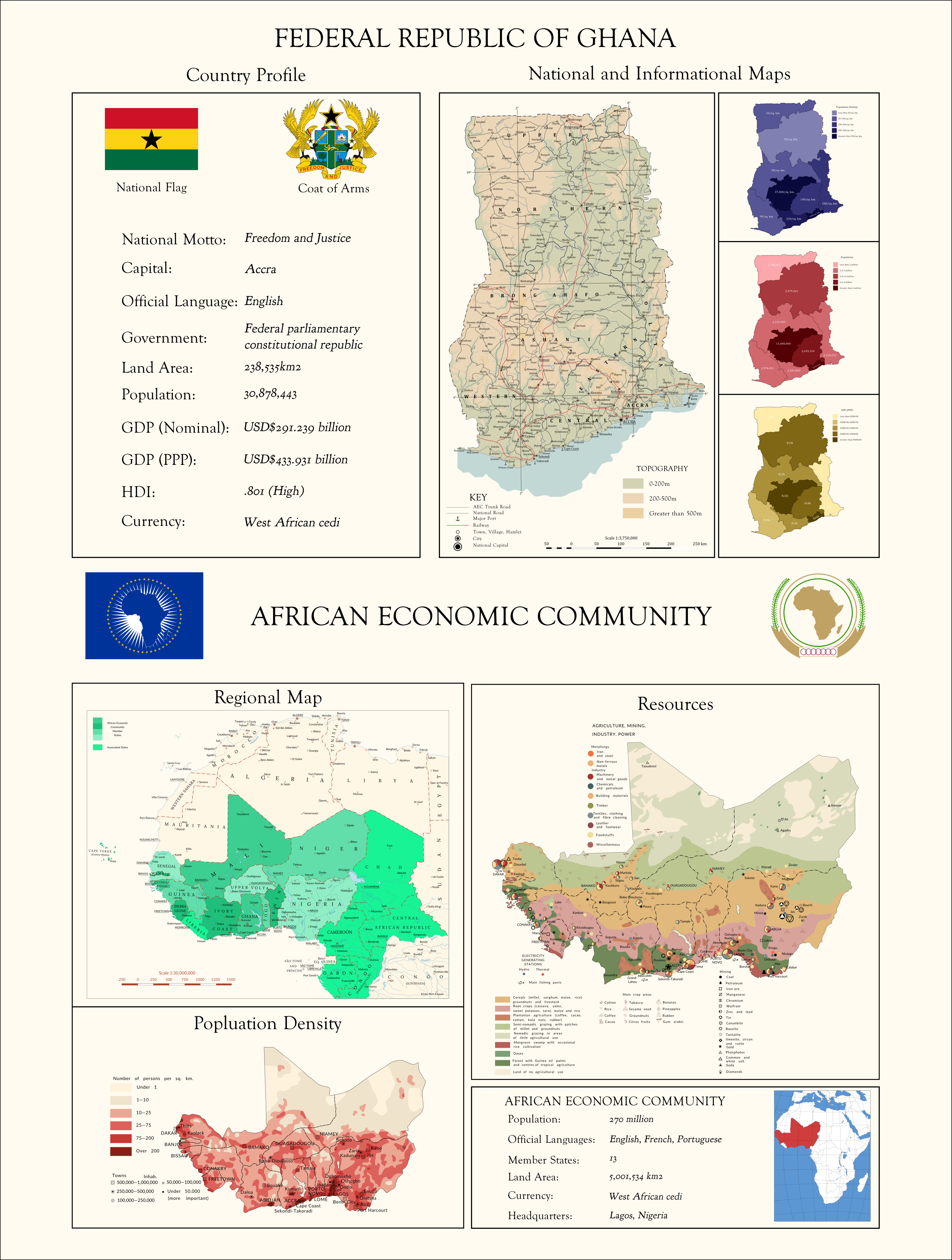Republic of Saint-Malo
Republic of Saint-Malo, nicknamed the "Channel Republic" or the "Corsair Republic."
French Wars of Religion 1590-1600
Saint-Malo first declared their independence in 1590 during the French Wars of Religion, during a time when France was divided between the Catholics and the Protestants. Saint-Malo was decisively Catholic, and so they aligned with the League powers during the the Wars of Religion, acting as a way station for Spanish supporting troops to enter Northern France.
Upon Henry IV's conversion to Catholicism, many of the former vassals in Northern France declared their subjugation to the King who thought "Paris was worth a Mass". Not Saint-Malo though, who was set up as a puppet as of the Anti-French countries, such as Britain and Spain, even taking Mont Saint-Michel in the process. This did not last for long, as by 1600 Saint-Malo agreed to be a pseudo-subject of France, and their relations skyrocketed.
French Age of Exploration 1600-1790
Saint-Malo became an extremely important ally during the French Age of Exploration. France would pay a large sum to hire the various sailors that Saint-Malo became known for, the legacy of Jaques Cartier, such as explorers or the Corsairs that got the nation it's nickname of the Corsair Republic.
In exchange for hiring out these explorers, along side being payed a lump sum of francs, Saint-Malo was also allowed to claim 1% of all total land claimed by France. Most of the time, they would choose areas along side cities founded for the French (for example, when Montreal was founded in the name of France, a nearby town of New-Saint-Malo was founded in the name of Saint Malo). These ended up becoming market towns comparable to the Venetian and Genoan Market Colonies.
In exchange for hiring out the Corsairs, along side being payed a lump sum, all plundered treasures were divided between three parties: The Corsairs themselves, the hiring party (France), and Saint-Malo.
Saint-Malo became a fairly major center of trade in the Channel region, also being the most important actually on the Channel, connecting the New World to France and England, growing wealthy off of the expansion of trade.
Corsair Wars
But this was hardly the only way they expanded during the French Age of Exploration. In 1665, Louis XIV went to Saint-Malo and the Netherlands with a proposal to strike England down: Saint-Malo would take the Channel Islands, Netherlands would get Virginia in the New World, and France would get New England. Saint-Malo and Netherlands agreed, and started the First Corsair War.
It only took a week for Saint-Malo to take Jersey and Guernsey, setting vital positions to harass British ships. In 1666, the battle of Jersey and Guernsey took place between the English and Malo-Dutch fleets. It was a slight victory in tactical terms, but it proved to be the beginning of the end of English dominance of the seas, that honor being passed to the Dutch and, to a lesser extent, the Franco-Malouin.
Sadly, the war the New world ended inconclusively, and so in the Treaty of Paris (1667), all that happened was England handing the Channel Islands to Saint-Malo.
But England was spiteful. England wanted the Channel Islands back and wanted to stop the Franco-Malouin raiding on English trade, so they began the Second Corsair war in 1673.
The Malouin fleet was able to decisively defeat the British fleet in the battle of Land's End, and so the sun had set on the British Navy. France was able to take New England during this war, leaving England with Virginia.
All remaining wars throughout the rest of this period had minimal importance to Saint-Malo outside of showing off it's impressive fleet once again.
Revolutionary Era 1790-1820
While Saint-Malo saw it's glory days during the French Age of Exploration, only ever seeing ups and never downs, France saw a never ending series of wars. Even with it's traditional enemy of England being beaten back, it still didn't mean these wars weren't expensive (you have to be able to pay your Malouin Corsairs), and often came to a less-than-desirable ending. Due to this, unrest continued to surge in France, eventually leading to the French Revolution. Saint-Malo was taken back, but did not join the initial coalitions again France.
In 1791, Louis XVI of France fled to Saint-Malo, asking for safe transport to Prussia or Austria. The Malouins hastily agreed, but before they could ship him off, Saint-Malo was attacked the by French Revolutionary Army. Louis XVI was captured and Saint-Malo's mainland was annexed. The Government and Navy of Saint-Malo fled to Jersey where they joined the Coalition against Revolutionary France.
Not only that, but over seas French Colonies revolted against France, notably Quebec, declaring themselves the Kingdom of Quebec. Often during these declarations of independence, the wealthy Malouin Market quarters would be ransacked and incorporated into the new Country. The only places that this didn't happen were on Islands completely owned by Saint-Malo, such as at New-Saint-Malo in Montreal (on the island we would call Nun's Island), which was able to hold out on it's own before an agreement between Quebec and Saint-Malo was able to be reached.
It was only in 1815 that the Coalition was able to enter France and force Emperor Napoleon Bonaparte to abdicate, first exiling him to Guernsey in Saint-Malo. Unfortunately, he escaped and headed back to France, first landing in Le Harve before marching on Paris. For the First time in their history, Saint-Malo would have a land army (100 soldiers) battle in non-home territory, fighting a minor battle in Le Harve, while the Coalition fought Napoleon in the Battle of Reims. Napoleon would once again be exiled, this time to the colony of the Malouin Isles (Falklands).
Post Revolution 1820-Present
Saint-Malo had lost a lot of power during the Revolution, with the sacking of it's Market Quarters in much of the New World. In 1836, Saint-Malo realized that New-Saint-Malo would never become profitable again, and instead sold it off to Quebec.
On the diplomatic stage, Saint-Malo fell into an era of diplomatic isolation, trying to keep relations with France and Europe good, but still keeping it's distance.
When World War I came France started pestering, even trying to bribe, the Corsair Republic to join the war against Germany, but they never did. There was even discussions of invading Saint-Malo and capturing their commerce raiders, but those never fell through, thankfully.
Saint-Malo still continued to thrive on trade, all though now it was less trade of physical items as much as trade of stocks. Saint-Malo became the stock market capital of Europe and the World, thanks to it's neutrality. Only Switzerland and Netherlands dared challenge Saint-Malo when it came to the Stocks.
Of course, being tied to these stocks meant that once the Great Depression hit, that Saint-Malo was hit hard. In a matter of a week, Saint-Malo's GDP per Capita fell from the second highest in the world to one of the lowest. It practically became a third world nation overnight.
The outset of World War II didn't help any, with the German Occupation of Saint-Malo and the theft of many Malouin treasures. It was only after the war in the 50's that Malouin stock market started to recover, which by that point, Saint-Malo was only the third most important stock market after, ironically, the New-Saint-Malo Stock Market in Montreal, Quebec, and New Amsterdam Stock Market in United Provinces of America (Dutch USA)
Saint-Malo reasserted it's neutrality after the Second World War, and is today once again one of the richest nations in the world by GDP per capita. In 1996, Saint-Malo hosted the Summer Olympics
Malouin Politics
Saint-Malo has been a republic since it's independence, and has had political parties for almost as long. The two oldest parties are called the Mercantile Party and the Free Trade party. For most of the history of Saint-Malo, the Mercantile Party was at the helm with the Free Trade party as the opposition. It's clear to see what the origins of the two parties were, but ever since the French Revolution, they have modernized.
There's only two major branches of government: The Parliament (which is only made of one house) and the Presidency, which is elected by the Parliament.
The Mercantile Party is generally Conservative, while the Free Trade Party is generally Centralist-Liberal. A third party had emerged in the mid 1800's, the Socialists, but Socialism and Communism go far against the foundation of Saint-Malo, enough so that their largest voter percentage was only 5% voting Socialist back in the Dark Era of 1930-50.
There's also three other parties in the Parliament, all independence parties: Jersey, Guernsey, and Mont Saint-Michel independence parties. But do the simple size of the populations of Jersey, Guernsey, and Mont Saint-Michel, they're likely never to achieve independence.
Malouin Economics
The vast majority of Malouin wealth comes from the Saint-Malo Stock Market, although there are other major businesses in the county.
Saint-Malo hosts the headquarters of the wealthiest companies in Europe, including (but not limited to) Corsair Ships, the Cartier Banking company, and Malouin Communications, and hosts the largest casinos in Europe outside of it's rival, Monaco.
Officially, it's currency is the Malouin Franc, although thanks to the introduction of the Euro, Saint-Malo's
de facto currency is the Euro
Malouin Sports
Besides it's wealth, the thing that makes Saint-Malo still a popular nation to visit is it's excessive amount of sports, most notably it's major emphasis on aquatic based sports. Every year it hosts the Saint-Malo Rowing competition, the Saint-Malo Sailing competition, a yacht competition, a swimming competition, so on so for, all based around from sailing from Saint-Malo city to Guernsy and back the fastest.
In the Olympics, they're well known for being among the kings in Aquatic based sports. In the 2012 Summer Olympics they won a total of 56 medals, including 32 gold in aquatic based events (including Canoeing, Kayaking, and Rowing). They didn't win any medals in any other category

